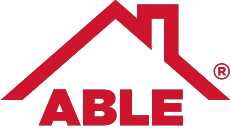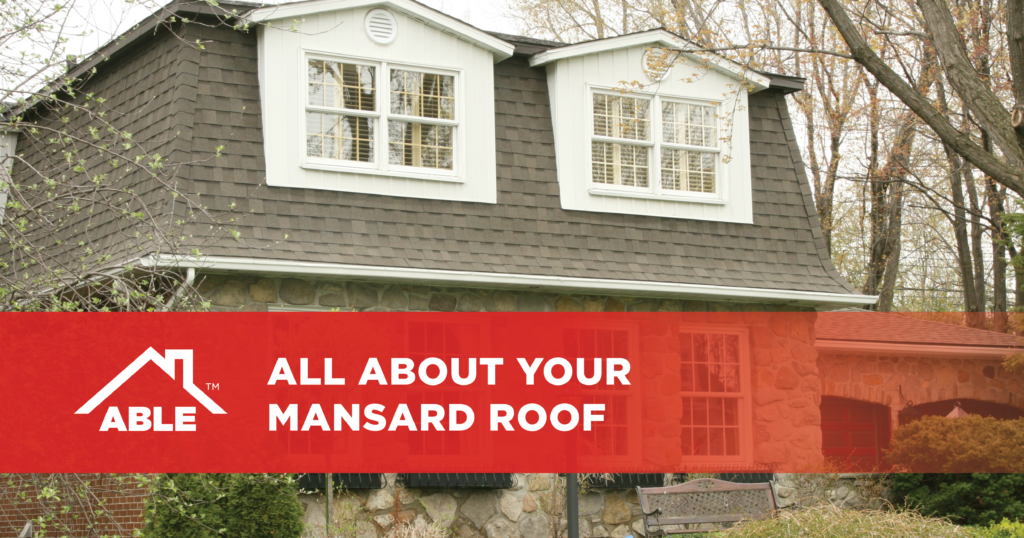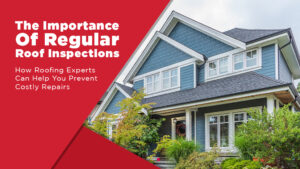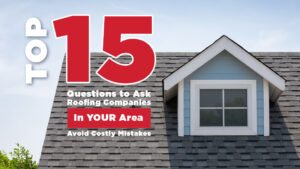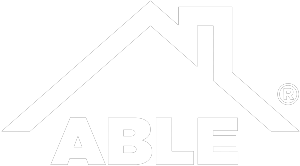Homes have a lot of details that easily go unnoticed. Styles, colors, and materials all play into the home’s overall aesthetic, and many people only focus on the overall home rather than the details. This is a perfectly normal way of approaching homes, and in general, there is no harm in it. However, if you are a homeowner or looking to build a custom home, it’s best if you understand a little bit about the details that go into a home’s overall construction. One important aspect of a home is its roof, which not only affects the security and temperature control, it also indicates a lot about the overall style of the home. One common roofing style is the mansard roof—a style that has been around for centuries. To properly care for your home and make educated decisions about future designs, here is some basic information to keep in mind about the mansard roof.
What is a Mansard roof?
The first thing to understand about the mansard roof is just what the term means. This roof style originated in France, and the first application was in the 1550 construction of the building that would later become the Louvre. However, it was not given its name until much later, for architect Francois Mansart in the 17th century. Now, it is common all over the world for both commercial buildings and homes alike. The style is characterized by two slopes instead of one. The topmost slope has less of an incline than the lower slope, which is steep. In some cases, the top slope cannot even be seen from the street, as the incline is almost flat in comparison with the very steep lower slope.
Mansard roofs vs. other common roofs
Other common roof types may seem similar to the mansard roof, but there are important distinctions to remember. With mansard roofs, there are two slopes on every side of the building, with the top slope being gentler and the bottom slope being steep and quite a bit of overhang. For gable-style roofs, you will see one slope on the front and back of the home, with no slope or overhang on the sides of the home. There is no variance in the slope of the two sides of the roof. In a hip-style roof, there is also one consistent slope of the roof, but it exists on all four sides of the home rather than only on two like the gable. Hip and gable style roofs are the most commonly seen roofing styles, with mansard roofs more of a specialty or rarity.
Advantages of mansard roofs
There are many considerations to take into account when deciding on a roof shape for your home. There are some major perks to mansard roofs, as well as some disadvantages, which we will discuss in the next section. Here are some ways that mansard roofs are advantageous to their homes:
- They make your home customizable. Because the sides of a mansard roof are nearly vertical, it is easier to add additional floors to homes with mansard roofs.
- Increased attic space. Where many homes have cramped or inaccessible attics to be used only for storage, mansard roofs allow a home significant extra space in the attic. Depending on the layout and state of the home, a mansard roof attic could easily be an additional living space.
- They’re classic. Though everyone has a different style and opinion, mansard roofs tend to give homes a very classic, timeless look. They have been in use for a very long time and haven’t gone out of style yet. They are not just a trend.
- They can lower heating costs. Unlike other styles of roofs, mansard roofs allow heat to be evenly distributed throughout the top of your home. The heat is not concentrated to a narrow top but rather spread out across the wider roof.
Disadvantages of mansard roofs
Though they are timeless and add space to a home, mansard roofs do come with a few disadvantages that are important to note too:
- They do not function well in extreme weather. For areas with excessive precipitation, the mansard roof may not be a good choice. If there is a blizzard or downpour, the gentle decline of the roof cannot move the water off the roof quickly enough. This can cause flooding or other roofing damage that will be costly to repair.
- Higher installation and repair costs. Mansard roofs, though they may seem common, are, in fact, more difficult to install. There is an incredible amount of precision and technique involved, and not all companies know how to properly repair them. This can result in increased costs.
- Potential local roadblocks. Depending on where you live, there may be ordinances or restrictions about the type of roof your home can have. Your city or town may also take the attic into account when calculating square footage, which can lead to additional taxes and paperwork for you.
Hire a professional
When making any decisions about roofing styles, repairs, or installation, it is important to call a licensed expert. Roofing injuries are significantly more dangerous than other home projects and home construction jobs and result in many more fatalities every year. If you try to tackle a roofing project alone, there is a significant chance that you will get injured. Additionally, roofs are deceptively delicate. There are certain places where it is okay to stand and work and other places that could cause significant damage to your home if asked to hold the weight of a human being. It is always best to hire a professional for all of your roofing needs. Your safety is a top priority.
Contact Able Roofing
At Able Roofing, we take roof installation and repairs very seriously. We know how essential roofs are to the integrity of a home and aim to give you lasting peace of mind with our expertise and craftsmanship. We are always available to answer questions or address concerns about your roof and can provide insight into what style of roof may be right for a new construction home. No matter your roofing project, at Able Roofing, we are here to help you every step of the way. Contact us today to get started.
